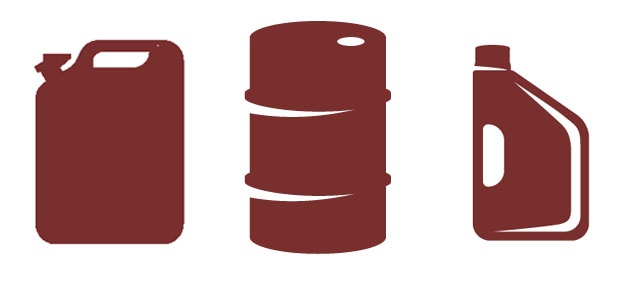Biocides have been considered the cheap way, at least in the short term, to reduce the bacterial content of the process fluid. It is about to change.
Biocidal management already has many hidden costs, here are some examples:
- Uneven bacterial reduction results in poorer production results and shorten the lifetime of the cutting fluid.
- More working time is required to comply with all safety precautions and keep the fluid under supervision.
- Difficult to recruit and retain competent personnel due to the risks in the work environment.
- If the fluid contains formaldehyde releasers, there will be even more extra work in the future.
The formaldehyde releasers MBM, MBO and HPT can cause cancer according to the EU Commission and have got several restrictions. Since there isn’t enough alternatives, they can still be approved but are candidates for substitution.
What does "candidate for substitution" mean?
Candidates for substitution are substances that raise particularly serious concerns about public health. These substances will be phased out and eventually replaced by more appropriate alternatives. You can read more about the criteria for being classified as a candidate for substitution on ECHA's website.
Normally a substance is approved for ten years. Then the approval must be renewed. For candidates for substitution meeting one or more exclusion criteria, approval is only valid for five years. Even at renewal, it can only be approved for five years at a time. This entails more work and costs for the company that sells the substance, which ultimately makes the substance more expensive.
The product must also be approved
If the substance is approved, it is not certain that it can be sold as part of a biocidal product. A biocidal product containing a biocidal substance which is a candidate for substitution must undergo a comparative assessment. Before the product can be approved, it must be compared to alternatives on the market. If there are good, less harmful options on the market, the biocidal product should not be approved. If the product is approved, it must also be reassessed every five years, twice as often as biocidal products not being candidates for substitution.
How does this affect the use of the substances?
Biocides containing formaldehyde releasers will get more expensive and after 1 December 2018, more stringent safety procedures will be required. Read more about the new rules in my previous blog post. (CS)
Sumps with high biocidal consumption
Biocidal use is often higher in small sumps that do not have as clear routines of handling or costly treatment systems.



Comment